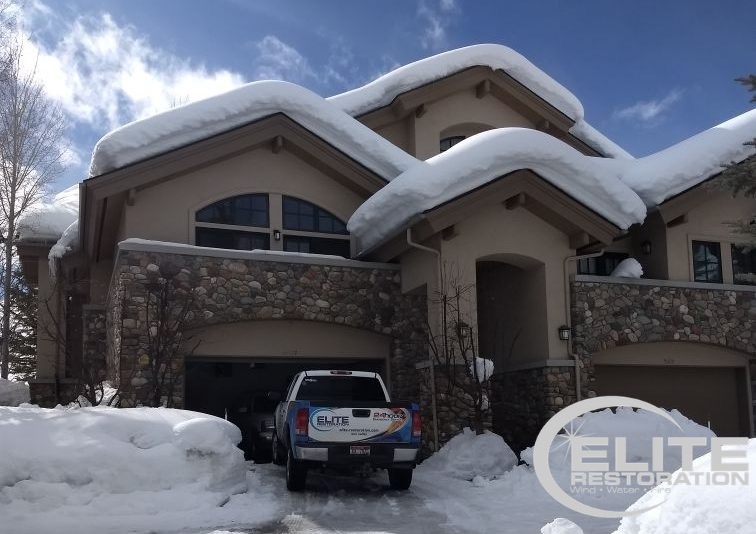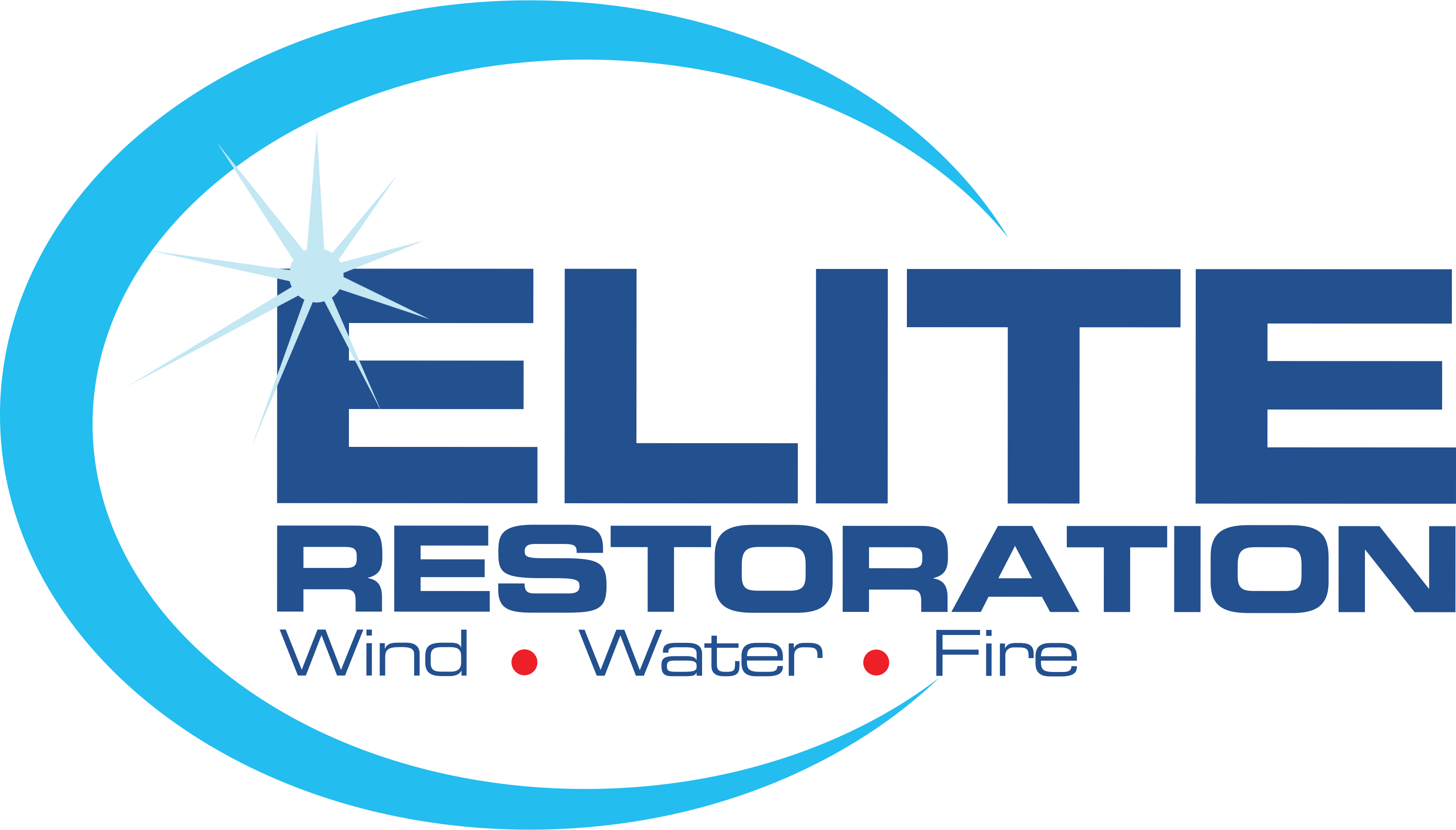5 Ways to Protect Your Home this Winter

If you live in Idaho, then you know how unpredictable and intense winter can be here! Winter storms can lead to flooding. This can in turn cause erosion to roads, causing collapses. Back in 2017, many schools and businesses closed for days due to the weather.
With winter upon us once again, it’s important to take measures to protect your home from the weather. Without adequate preparation, winter weather can lead to serious water damage. The Insurance Information Institute says that prevention and mitigation is key to keeping your home safe.
We’ve put together this list of 7 ways that you can protect your home in the winter.
1. Keep Your Rain Gutters Clear
Gutters are built to direct water flow off of your roof. If melting snow can’t escape through the gutters, it can make its way into your home. This can cause damage to your house’s interior and exterior. The simplest way to prevent your rain gutters from overflowing in the winter is to keep them clear. This means removing debris that could impede the flow of snow melt. If you notice that water isn’t draining through your gutter on warm days, they could be blocked!
2. Inspect Your Home’s Exterior
Take the time to inspect your home’s exterior thoroughly. Look at the foundation, the siding, and the rest of the perimeter. If you notice water pooling near the foundation of your home, it could get inside! Large puddles eventually have to go somewhere, and you don’t want that somewhere to be your basement. Installation of cables can leave exposed holes in a home’s siding. This can leave pipes exposed to the cold winter air, increasing their freeze risk. If you do notice cracks or holes in your home’s siding, you can do a temporary fix. Seal them with caulk and get a professional out as soon as possible! A DIY patch is a short term emergency fix.
3. Check the Roof
Heat travels up! If your home’s attic isn’t insulated properly, heat can escape upward. This can cause snow on your roof to melt from the bottom up, rather than from the top down. If the water reaches an overhang or a cold patch on the roof, it might refreeze! This can cause what is known as an “ice dam” to form. When this happens, it can force water under the normally impermeable shingles. This is a recipe for disaster! If you have had issues with ice dams in the past, a roof rake can help. This long handled tool lets you safely brush snow off of your roof while you stand on the ground.
4. Inspect Your Home’s Water Supply
Most rubber water supply lines have around a five year lifespan. Steel braided water supply lines tend to last longer than rubber ones do, but they can also wear out over time. When the weather gets cold, you should be vigilant in checking for leaks from any of your appliances. Investigate your hot water heater, dishwasher, refrigerator (if it’s connected to the water line), and any other appliances that are connected to your water line. Do this at least once a year, or when the weather stays in cold temperatures for a long time.
5. Protect Indoor Pipes
Make sure that your pipes under the sinks in your home are either insulated well or exposed to your home’s warmth by leaving the cabinet doors open at night. Another possible option is leaving a very small amount of water running at night to keep water flowing, thus preventing potential freezing. Also, check your walls, windows, ceilings, and floors for potential leaks or holes. If a pipe does burst, it’s also a good idea to know where your home’s main water valve is, so that you can shut the water off quickly and prevent further damage.
Following these tips can help prevent winter water damage and ensure a warm and cozy season! However if you unfortunately experience any water damage this winter, know that Elite Restoration is here to help, and 24/7 emergency service is available.

